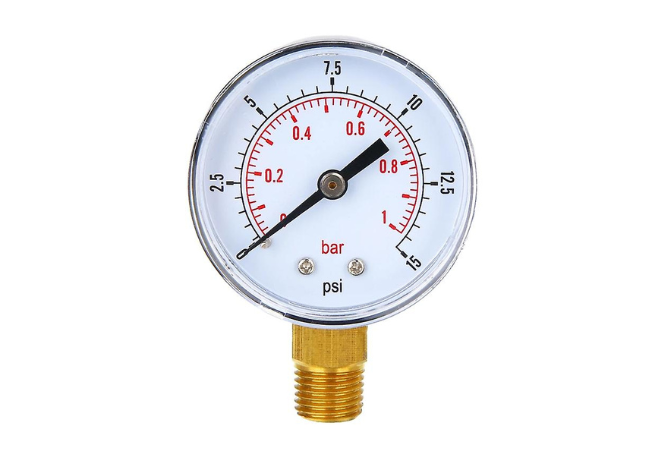What Makes Ring Terminals a Reliable Choice for Electrical Wiring?
In any electrical system, secure and stable connections are crucial for both safety and optimal performance. Ring terminals are a simple yet highly effective solution for joining wires to studs or terminal blocks. They offer a strong mechanical bond that resists vibration, corrosion, and loosening over time. This makes them an indispensable component in various industries, from automotive wiring to industrial machinery.
What Are Ring Terminals and How Do They Function?
A ring terminal is a circular connector used to attach wires to a screw or stud-type terminal. The metal ring end provides a closed-loop connection, while the other end holds a stripped wire that is crimped securely into place. When fastened, the terminal creates a strong mechanical and electrical link that is both stable and resistant to environmental stresses.
These terminals are essential for:
- Connecting electrical cables to a grounding point
- Creating stable current paths in control panels
- Ensuring reliable connections in mobile or vibrating equipment
Where Are Ring Terminals Commonly Applied?
Due to their secure fastening and versatility, ring terminals are used in a wide range of applications. Their design helps ensure reliable performance even under harsh or high-vibration conditions.
Typical use cases include:
- Automotive systems, including battery and ignition connections
- Industrial automation and machinery
- Consumer appliances and HVAC systems
- Solar and battery storage installations
- Agricultural equipment and off-road vehicles
What Are the Different Insulation Options for Ring Terminals?
Insulation provides added protection against electrical faults, environmental conditions, and mechanical wear. The type of insulation selected depends on the operating environment and electrical demands.
Common insulation types:
- Vinyl: Economical choice for basic indoor use
- Nylon: Resistant to chemicals and abrasion
- Heat-shrink: Offers a moisture-sealed connection ideal for outdoor use
- Non-insulated: Suitable for enclosed environments where insulation is not required
How to Match Ring Terminals to the Correct Wire and Stud Size
Correct sizing is essential for a secure and efficient connection. Each ring terminal is designed to accommodate a specific wire gauge and stud diameter. Using mismatched sizes can cause poor connections and electrical resistance, which may lead to overheating or equipment failure.
To choose the correct terminal:
- Confirm the wire gauge and match it to the terminal barrel
- Identify the stud or bolt diameter and select a ring with a corresponding inner diameter
- Consider insulation thickness for space-constrained setups
- Verify operating voltage and temperature requirements
Which Materials Are Commonly Used in Ring Terminals?
Material selection plays a critical role in determining the performance and longevity of a terminal. It impacts both conductivity and resistance to environmental damage.
Popular materials:
- Tin-plated copper: Excellent conductivity with corrosion protection
- Bare copper: Ideal for high-conductivity applications
- Brass: Strong and suitable for moderate environments
- Stainless steel: Used in marine or corrosive settings
What Are the Key Benefits of Using Ring Terminals?
Ring terminals provide both electrical efficiency and mechanical reliability. Their closed-loop design makes accidental disconnection nearly impossible once installed.
Advantages include:
- Long-lasting electrical contact
- Stable performance under vibration and movement
- Reduced risk of loose wires or arcs
- Easy to identify and inspect visually
- Compatible with various wire types and stud sizes
How to Properly Install a Ring Terminal
A successful installation starts with the proper preparation and tools. Poor crimping or incorrect wire stripping can compromise the terminal’s performance.
Steps for proper installation:
- Strip the wire without damaging the strands
- Insert the wire into the terminal barrel fully
- Use a calibrated crimp tool to apply consistent pressure
- If using heat-shrink insulation, apply heat evenly until it seals the joint
- Fasten the terminal securely to the stud or bolt
How Do Ring Terminals Improve System Safety?
In any electrical system, poor connections can cause serious issues such as voltage drops, overheating, or short circuits. Ring terminals help mitigate these risks through their secure and permanent installation method.
Safety improvements:
- Prevent wire pull-out under load
- Reduce exposure to open conductors
- Minimise resistance and power loss
- Maintain reliable contact even under mechanical stress
What Are the Long-Term Maintenance Considerations?
Although ring terminals are low-maintenance, periodic checks can help extend the service life of your electrical systems. Environmental conditions such as heat, moisture, or chemicals may impact the integrity of the connection over time.
Recommended practices:
- Inspect for corrosion or discolouration
- Tighten mounting bolts or screws if required
- Replace terminals with visible wear or damage
- Re-crimp connections if loosened during use
Conclusion
Ring terminals offer a straightforward and reliable solution for establishing secure electrical connections. Their wide range of insulation options, materials, and sizes makes them suitable for almost any environment. Whether for automotive wiring, industrial systems, or solar setups, they deliver reliability, safety, and performance. Selecting the right terminal and ensuring correct installation are key to maximising the benefits these connectors offer.




Comments
Post a Comment